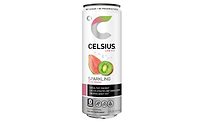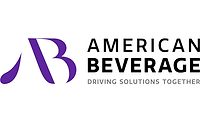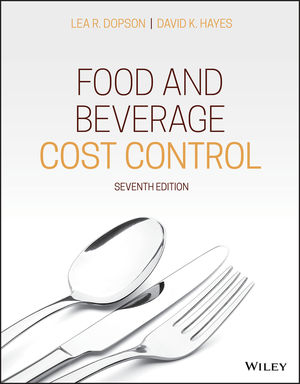Beverage community calorie reduction effort sees decrease for four straight years
Balance Calories Initiative halfway to national goal to reduce beverage calories by 20%

Calories consumed from beverages continue to decline in communities where obesity rates are above the national average, according to an independent evaluator. For four years straight, the actions the beverage industry is taking nationally with public health partners to reduce the sugar people get from beverages is working, and the data proves it, states American Beverage, Washington, D.C.
Independent evaluator Keybridge LLC released its annual report on five select communities where the beverage industry is measuring progress of the Balance Calories Initiative (BCI), a national commitment by American Beverage, The Coca-Cola Co., Keurig Dr Pepper,and PepsiCo to reduce per-person beverage calories by 20% by 2025.
The report details that average calories in each 8-ounce serving from 2014/15 (baseline start of BCI) through 2020 have gone down between 10% and 15.5% in all five communities, which include Eastern Los Angeles, Calif., Little Rock, Ark., Bronx/Brooklyn, N.Y., Montgomery and Lowndes counties, Ala., and the Mississippi Delta.
Consumers in these five communities as well as nationally have shifted toward more beverages with low sugar and zero sugar and away from full-calorie beverages, the association states. This is a trend beverage companies have been working to achieve through the creation of more beverage choices with less sugar and smaller portion sizes, and by encouraging consumers to try to balance the sugar they get from beverages, it adds.
Beverage companies are now halfway to their national goal to reduce beverage calories by 20%.
“I’m especially proud of the progress we’ve made in communities where we know consumers need more choices with less sugar to balance their lives,” said Katherine Lugar, president and CEO of American Beverage, in a statement. “Today, nearly 60% of all beverages sold are zero sugar, and our public-private partnerships with community groups are supporting consumer efforts to reduce the sugar in their diets.”
The calorie decreases have been driven largely by reductions in calories consumed from carbonated soft drinks, as well as an increase in the volume of low- and no-calorie beverages consumed. Depending on the community, per-person volume sales of low- and no-calorie beverages grew 8-33% while per person volume sales of full- and mid-calorie beverages decreased 1-19%.
Even with the pandemic shifting where consumers bought beverages and a decrease in some sales volume, the trend to buy more lower-calorie beverages continued.
The beverage industry is furthering this trend through increased innovation of more options with less sugar. In the past three years, 61% of all new products introduced to the market were low-sugar or zero-sugar beverages. Beverage companies have launched numerous brands nationally with less sugar and smaller sizes, and have reformulated a number of full-calorie brands to have lower sugar. In addition, they have introduced several new sparkling waters that have contributed greatly to a 36.6% increase in per person volumes of water nationally.
The Balance Calories Initiative launched in 2014 in collaboration with Alliance for a Healthier Generation, a leading children’s health organization that advances equitable whole child health. The initiative builds upon the efforts of beverage companies and health partners to decrease consumption of calories from beverages at a national and local level.
Looking for a reprint of this article?
From high-res PDFs to custom plaques, order your copy today!









